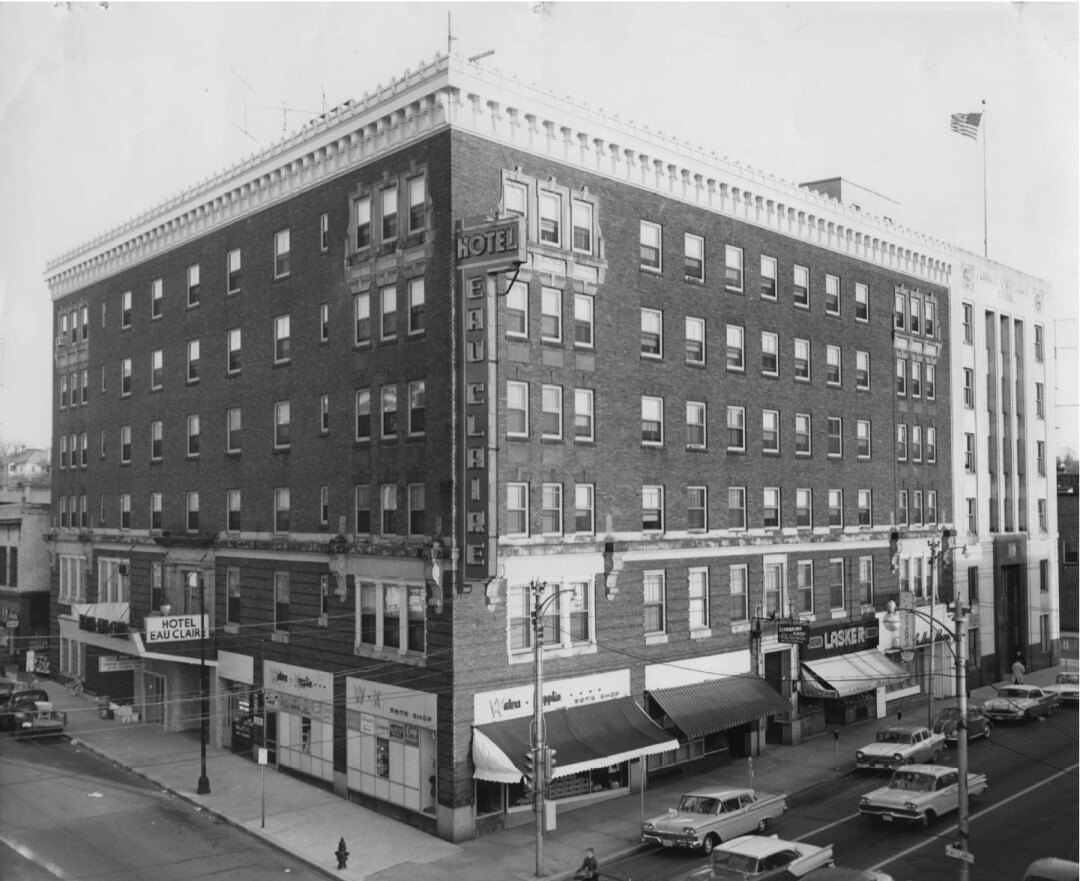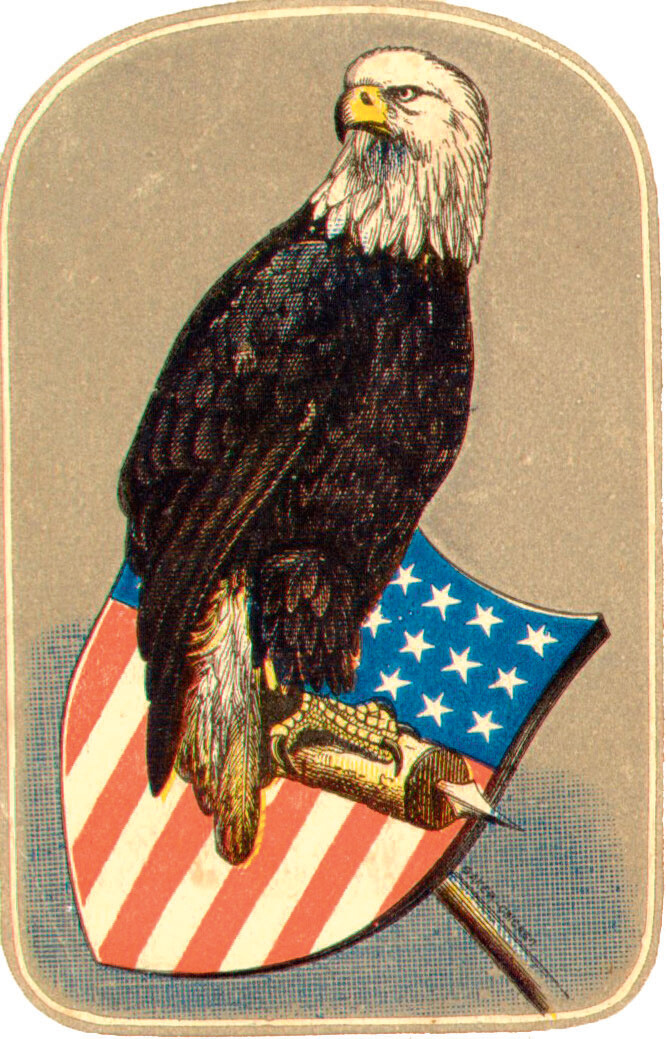5 Unusual Artifacts From the Chippewa Valley Museum Collection

Museums often are given artifacts from historical eras that aren’t easy to verify. How likely is it that these artifacts are authentic? In this column, originally published in the Chippewa Valley Museum’s newsletter, Currents, writer Diana Peterson looks at a few of them.
1. Hotel Eau Claire Guestbook
Famous people’s signatures are scattered throughout the book. Guests who signed in include author Sinclair Lewis, sports heroes Curly Lambeau, Walter Hagen, and Jack Dempsey, musicians Duke Ellington and Jimmy Dorsey, actors Gloria Swanson and Gene Autrey, photographer Margaret Bourke-White, architect Frank Lloyd Wright, and first lady Eleanor Roosevelt. Are they real? Most likely. The Hotel Eau Claire was a six-story, 175-room hotel located downtown from 1921 to 1970. We can research when the famous guests visited our city.
2. Two Feathers From Old Abe
Two framed eagle features apparently came from the famous Civil War regimental mascot when he was part of the fair in Durand in 1875. Abe’s participation in local fairs is well-documented and we can identify these two as eagle feathers.

3. Roman Coins
The museum has several well-worn corns said to have been produced in Italy. They could well have been. The coins are obviously ancient, and coins were minted in Rome starting in the late fourth century through the next eight centuries, so many of them were produced. We know they are in “mint” condition.
4. A Nail From Paul Revere’s Home
This nail was said to have come from the Boston home built in 1680 in which Revolutionary War patriot Paul Revere lived from 1770 until 1800. It’s hard to date it to that specific home, but we like to think we hit the nail on the head with this artifact.
5. A Piece of Wood From a Chest That Arrived on the Mayflower
It is a fact that the only furniture that crossed the Atlantic on the Mayflower in 1620 were chests and boxes. With more than 100 people traveling on the ship, it’s not unlikely that a piece of one of their chests would become a family heirloom, saved through the centuries.




















